Noria Research is an independent research center dedicated to the production, promotion and dissemination of field research in international politics
Call for grants
The call for applications for the 2025-2026 grants is now open!
Our Research Programs
Latest publications
-
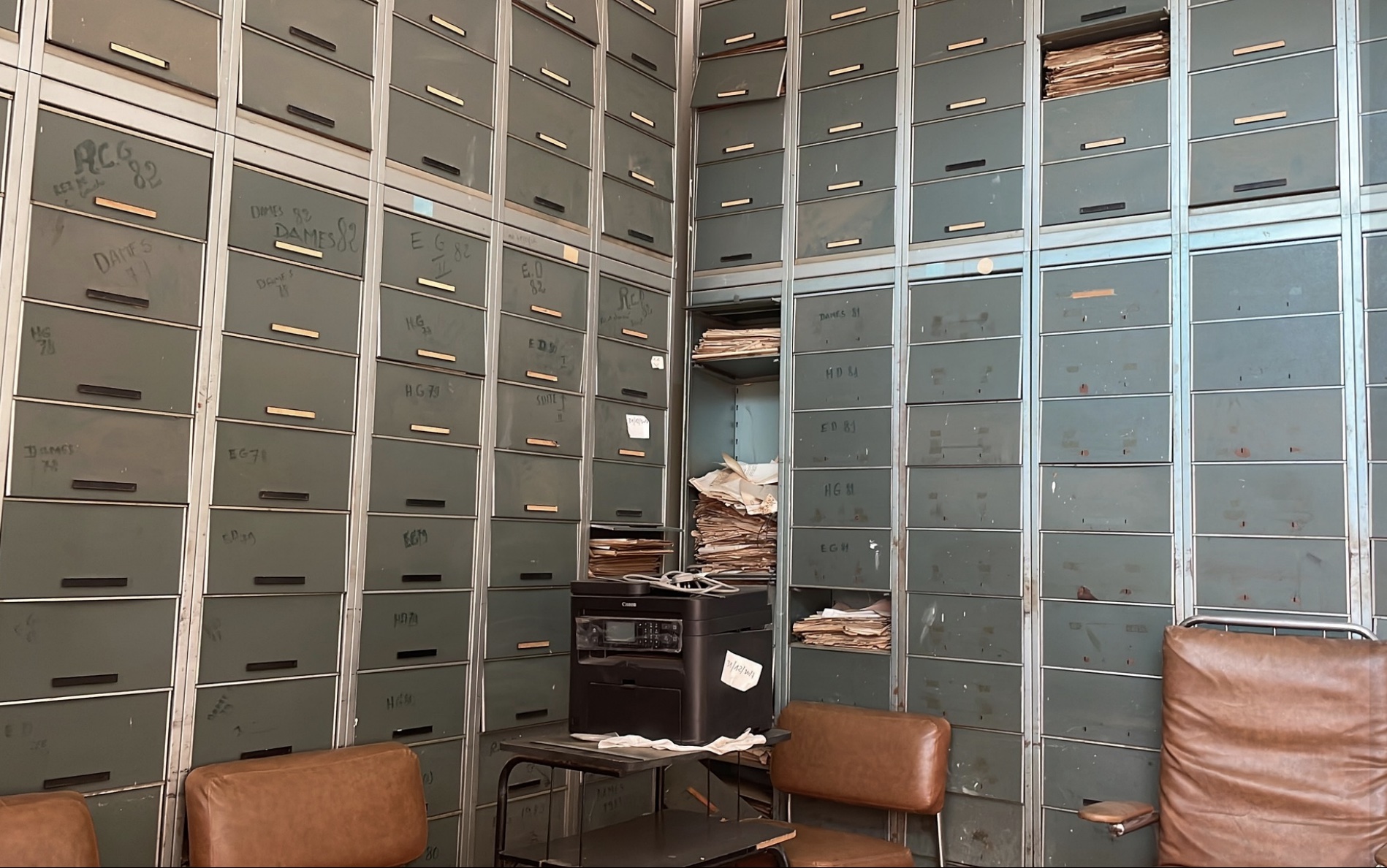
Africas
Archives et éthique de la recherche en histoire de l’Afrique : retour d’expériences sur différents terrains ouest-africains
-
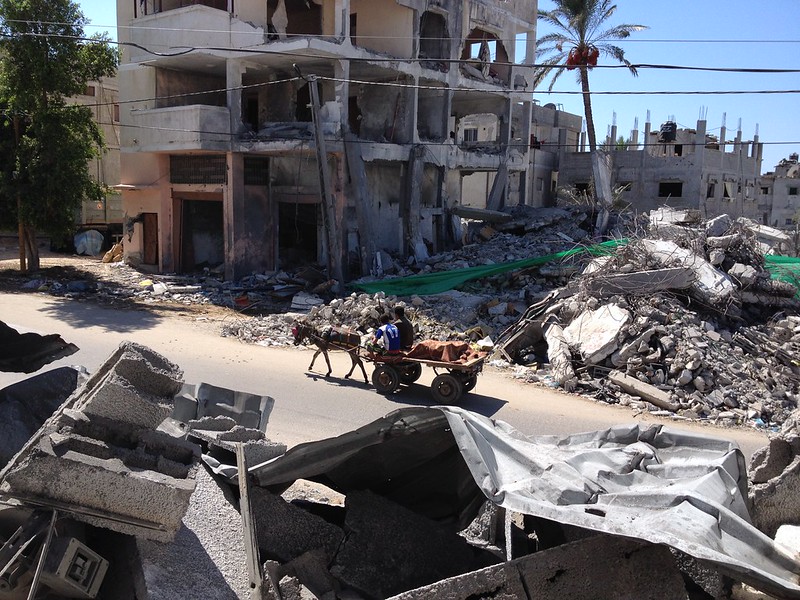
Middle East & North Africa
Gaza’s Reconstruction and the Settler-Colonial Logic of Elimination
-
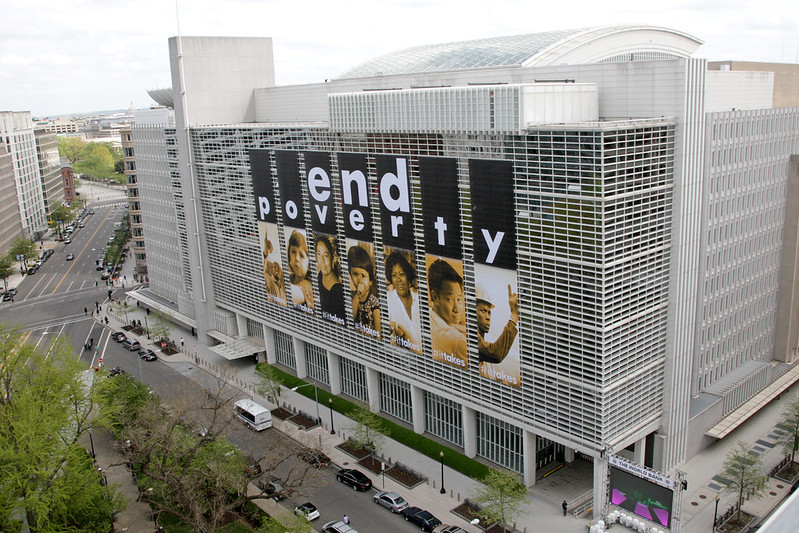
Middle East & North Africa
The Debts Haunting the Future of the Global South
-
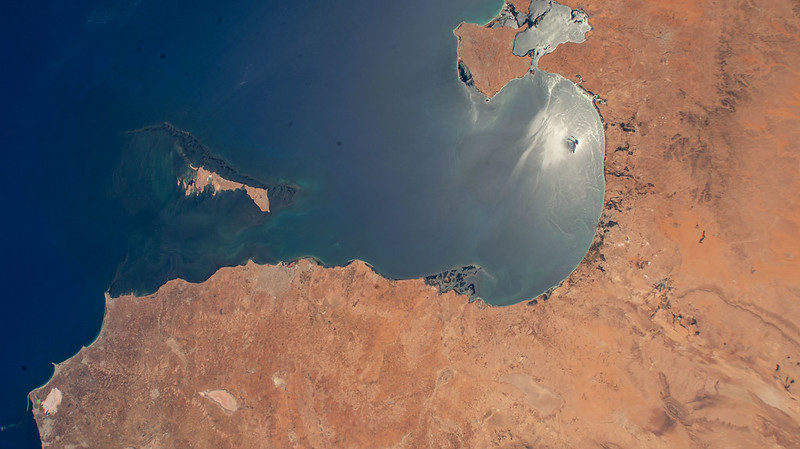
Middle East & North Africa
Gabès: A Local Mobilization with National Consequence
-
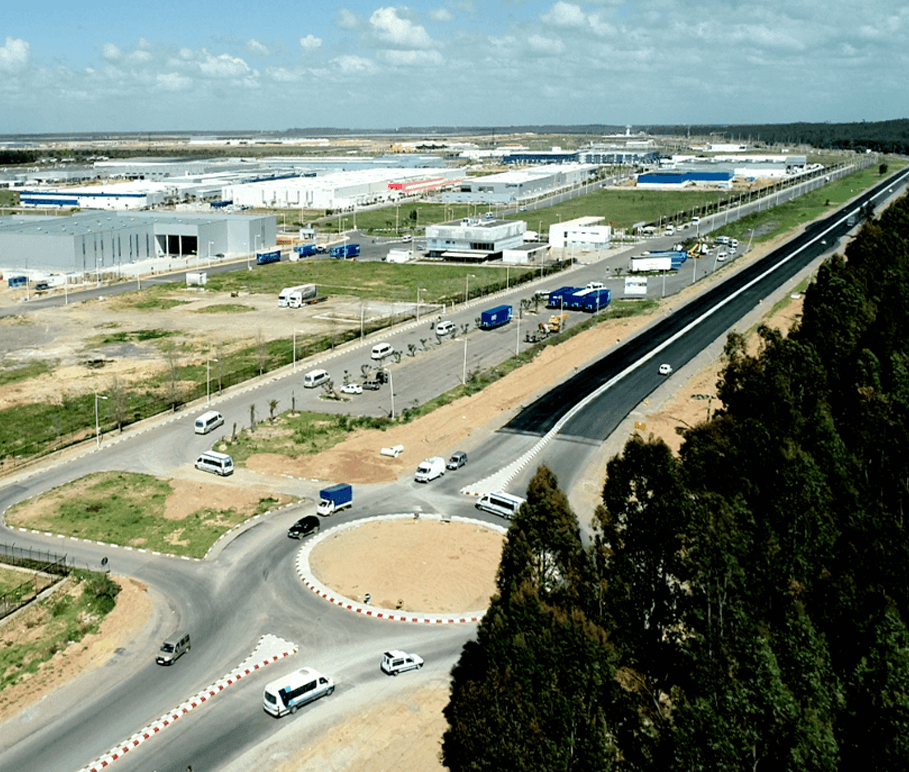
Middle East & North Africa
Against FIFA 2030 or Dependent Capitalism? The Thread between GenZ Revolt and Morocco’s Subordination in the Automotive GVC
Join the team
Researcher or student ?
Take part in our activities and programs
Write for us
Publish your research
